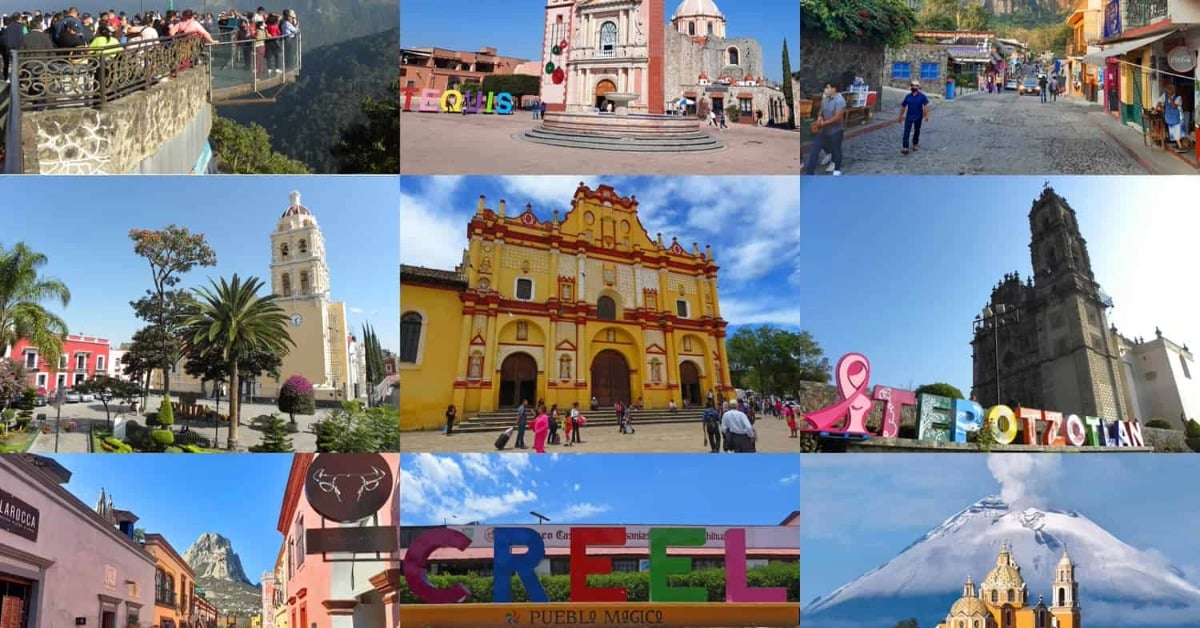No new Pueblos Magicos in Mexico for now as SECTUR conducts a nationwide review of all 177 towns to verify compliance and decide next steps . . .

No new Pueblos Magicos in Mexico for now as SECTUR conducts a nationwide review of all 177 towns to verify compliance and decide next steps . . .

